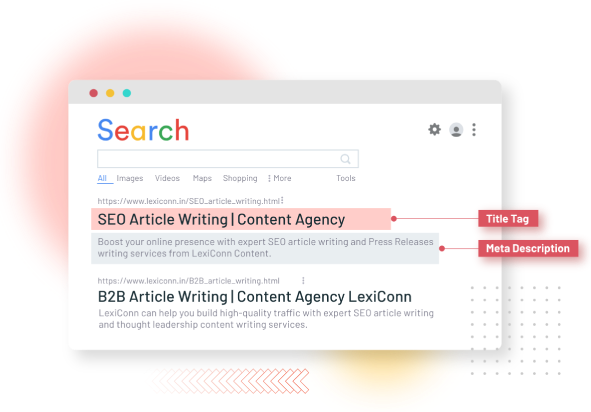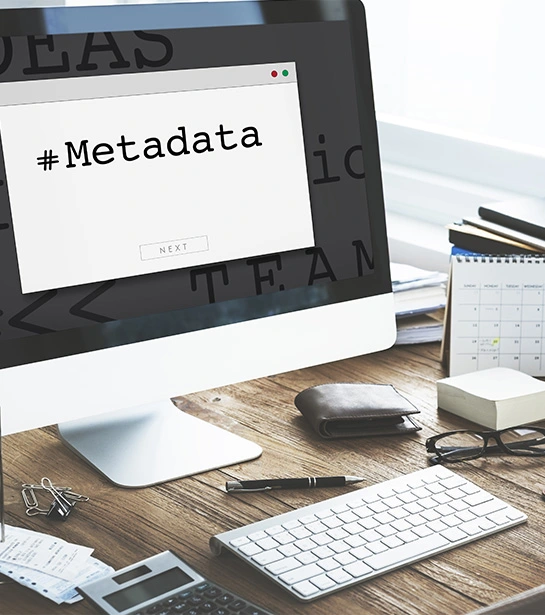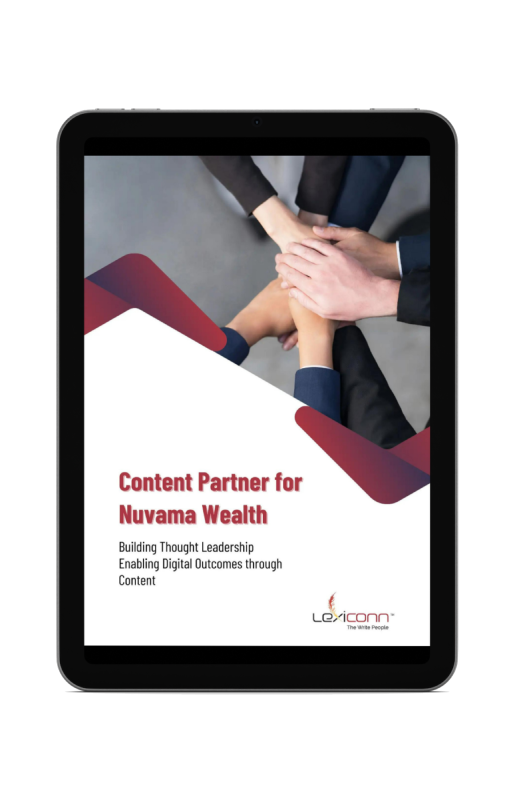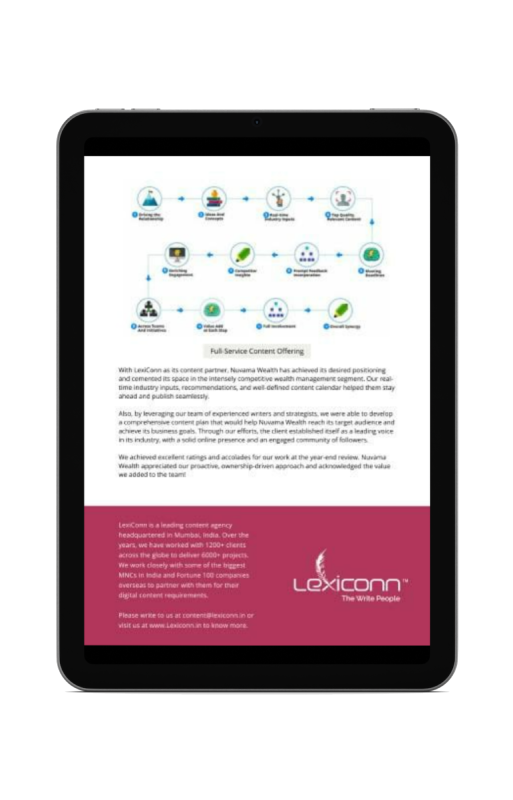
Search engines fetch millions of URLs within split seconds. The results, depending on the searched keywords, can present vast amounts of information ranging from websites, blogs, e-journals, tweets, mentions, and mainstream news, to silly viral videos.
According to Google, there is more than 300 exabytes (that is 300 followed by eighteen zeros) of data in the world today. Until 2010, it was just 30 exabytes. Humankind has created more data in the past few years alone, than in their entire history.
This means, newer content, of all forms and formats, is being added every second, making it difficult (and certainly not impossible) for content creators to make their content discoverable. The key challenge is to make this content, both new and archived, accessible and searchable. This is where Digital Asset Management (DAM) becomes extremely important.
Digital Asset Management (DAM) is the first step to monetizing digital assets. It helps content owners unlock value from creative digital assets by making them easy to organize, access, bundle, and distribute. Once a page is indexed and is accessed by a steady number of daily users, it opens the scope for monetization. Proper and relevant keywords drive traffic which can eventually be converted into subscribers. The platform can then quote the visitor count (eyeballs/ views/ listens) to commend a premium from advertisers, marketers, and brands.

Digital Asset Management is for all kinds of content owners, content creators, database managers, and data custodians. Here are a few examples:
Digital Asset Management for Video Content
Digital Asset Management for Audio Files
Digital Asset Management for Product Images
Digital Asset Management for Stock Images
Digital Asset Management for Libraries – Books, CDs, Toys, and more
META tags are snippets of texts that appear in the code of a page. These tags are read by search engines and serve the purpose of ‘tagging’ a digital asset, to describe it. Digital Asset Management, loosely speaking, involves a range of activities like addition META content to existing content assets, so that search engines can identify and tag them. This eventually helps search engines present a result based on search queries.
Content creators stand to benefit from META Tags in various ways:
META tagging builds a high amount of visibility and insights about the nature of data. Using simple search tools, marketing teams can develop smart content bundles – for music content creators can curate packages like Monsoon Mazaa, Independence Day Specials, Romantic Rafi, Bubbling Bieber, etc.
Using detailed META tags, content creators can organize their digital content assets into meaningful pages and sections for intuitive browsing. Content that is segmented, is automatically more searchable and shareable. This also help present a true picture of the range and depth of your offering.
Search engines track and index webpages using META tags. The more valuable and more relevant the content, the higher is the web traffic, and higher the back-links to the page. Hence, by using specific and relevant tags, you automatically (read organically) reach your targeted group, i.e. SEO content writing.
META tags help optimize content to increase its share-ability. For instance, consider Facebook’s Open Graph Protocol which lets users preview the content with a crisp headline and description. LinkedIn uses a similar feature. Even Twitter Cards enable previews of the content embedded in the ‘view summary’ section. META tags make this possible.
Measuring page performance is possible with META tagging. Tags help track number of visits, referrals, and conversions. Once the page optimization data is collected, measured and analyzed, it is easier to look for hits and misses. Using page performance reports, it is possible to develop actionables and implement improvements accordingly.
Poorly tagged websites are frustrating. Have you seen OTT apps with listings tagged Science Fiction and Scifi? Just one below the other? Specific post-by-post or page-by-page tags allow digital asset managers to fix index data and get a real picture of the available content assets. Duplicate content does not help anyone – neither the creator, not the search engines.
Adding subtitles to our content consists of the following stages:
Develop a keyword cloud: Start with extensive sets of primary and secondary keywords.
Develop templates: META content writers need to thoughtfully design content templates with clearly defined rules and syntax for content tagging, character counts, and word-lengths.
Sort the data: Based on the type of data, sorting, filtering, and grouping the content helps develop meaningful groups.
Testing: Run tests and simulations to test the tagged database. Identify bottlenecks and weed out the inconsistencies and test again.
Over the years, LexiConn has worked with multiple clients across domains and subject matter. We have a thorough understanding of the nuances of META tagging and have developed the required skills, systems, and processes for the job. We have partnered one of the biggest OTT players in India to help them manage thousands of hours of digital assets (TV shows).
We are meticulous, and bring attention to detail. More than an external agency, we work as an extension of your team. With LexiConn, you get a professional, experienced, and full-time team of writers and content creators who understand the nuances of digital asset management. We follow robust project management practices and stringent quality control to deliver top value.
Visit us www.lexiconn.in or drop us a line at [email protected].
LexiConn also offers a free 30-minute content consultation session to help you with your content strategy.
Let's discuss how we can collaborate to unlock growth opportunities for your organization.


I have read and accept the Privacy Policy
Read More